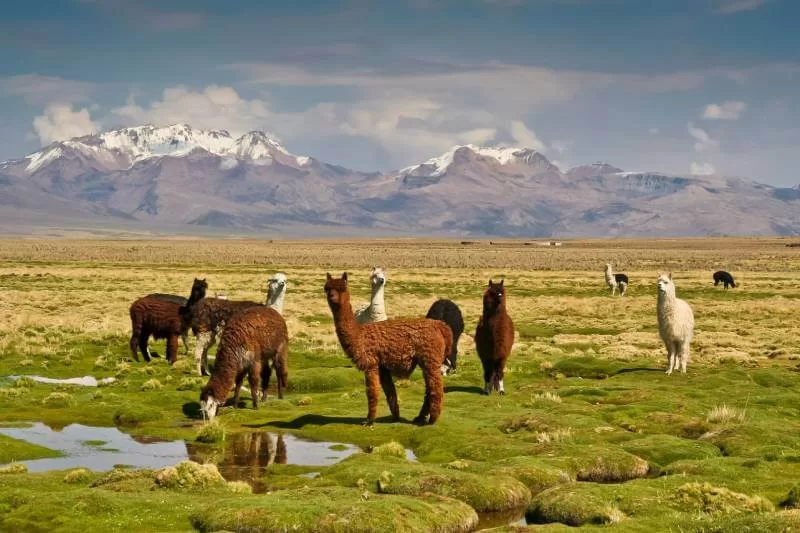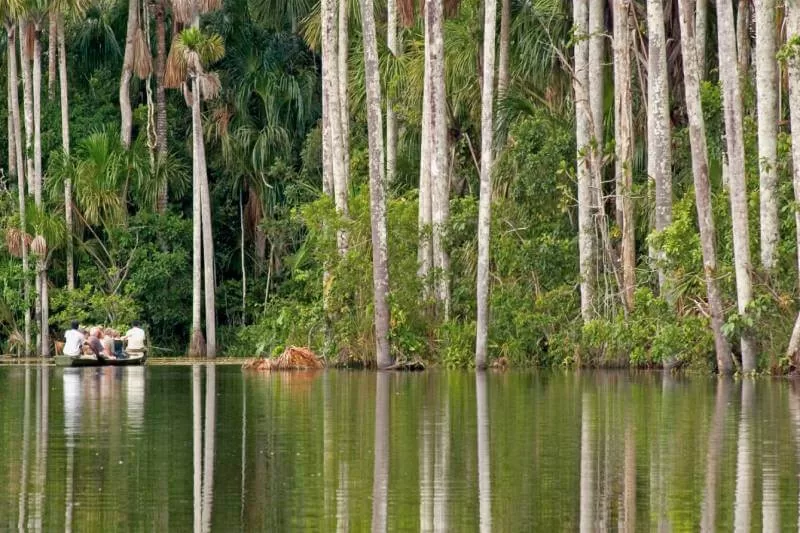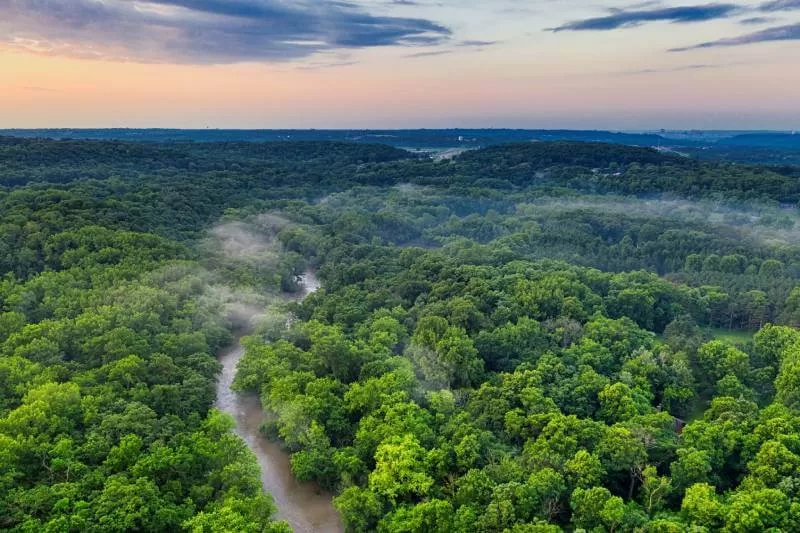The ecosystems of Manu National Park are incredibly diverse. This is one of the reasons for the biodiversity on the reserve. If you thought that it was only rainforest, you’ll be surprised.
In this entry we’ll explore the variety of different ecosystems in Manu. From the lowlands to the highlands. Manu national park boasts many facets. This means more possible exploration.
We want you to keep your eyes open. So you don’t miss this diversity. The park will show you more than the Amazon rainforest. For you to appreciate it, you must first understand it. Let us guide you while you discover Manu.

Manu National Park, in the Peruvian Amazon, is a national reserve of biodiversity. It also has the status of a world heritage site. The park protects a wide range of ecosystems. Among these, the floodplain forest and lowland rainforest.
The lowland rainforest is the forest in the lower parts of many that form primary forest. Visitors can find a wide spectrum of plant life, including towering trees and native flowers. The lowland rainforest is home to many species of birds and mammals.
In the floodplain forest, seasonal flooding shapes the landscape. This unique ecosystem supports a variety of wildlife. Like giant otters and caimans. The floodplain forest also provides vital resources for indigenous people.
In the floodplain forest, the dense canopy creates a shaded and a humid environment. This is perfect for a myriad of insects, reptiles, and amphibians. This is a water-rich habitat that supports an array of aquatic species.
The lowland rainforest is part of the Amazon basin. This region produces 20% of the world’s oxygen. This is a well established forest. Both the lowland rainforest and the floodplain forest are crucial parts of the ecosystems of Manu.
Manu National Park, located in the Madre de Dios Region. The reserve has a great variety of ecosystems. Among these, the cloud forest and High Andean Puna stand out.
The cloud forest in Manu National Park is a mystical environment. This ecosystem is distinctive due to the amount of mist present. This is the most humid environment in the rainforest.
Visitors can see a wide range of species of birds, such as the Andean cock-of-the-rock. The cloud forest is also home to rare species of mammals like the spectacled bear. This protected area is a haven for biodiversity.
In contrast, the High Andean Puna is a rugged, windswept region. Located at higher elevations, this ecosystem features sparse vegetation and harsh conditions. Most of the vegetation are minor plants and mosses.
Is on this ecosystem where water is collected from the atmosphere. All of the Ecosystems of Manu depend on the High Andean Puna.

The ecosystems of Manu, including the cloud forest and High Andean Puna, are crucial. Both of those environments are vital in the water circulation cycle. They have unique species. Each one with a different spectrum of plant life.
The cloud forests in Manu help regulate the water cycle. They capture moisture from the air condensed in the High Andean Puna. The Cloud forest is where the moisture redistributes to the lowlands.
The cloud forest and High Andean Puna are both integral parts of the Peruvian Amazon. Protecting these habitats ensures the survival of many unique species.
But further than only specific animals and plants. Every conservation plan has to be global. Preserving all the ecosystems of Manu is necessary. Many of them are interconnected in complex ways.
The Ecosystems of Manu . Among these, the swamps and wetlands are particularly fascinating. These unique habitats teem with life and offer incredible sights.
The swamps and wetlands in Manu National Park are crucial to the park’s ecology. These water-rich environments support a wide range of species. Visitors can find a spectrum of plant life, including aquatic plants and trees adapted to wet conditions. These areas are also home to many species of birds, such as herons and kingfishers. The wetlands provide vital breeding grounds for these birds.
In the swamps, you can see unique wildlife like the giant otter. These mammals thrive in the water-rich habitat. The swamps also support various fish and amphibian species. The intricate ecosystem of swamps and wetlands plays a vital role in maintaining biodiversity.
The ecosystems of Manu, including swamps and wetlands, are vital for the park’s health. These habitats act as natural water filters. They trap sediments and purify the water flowing through the park.
The swamps and wetlands also store large amounts of carbon, helping to mitigate climate change. And create layers of sediments with high amounts of organic matter. This creates layers of nutrient rich earth for the future.
The oxbow lakes in Manu’s wetlands are formed when rivers change course. These lakes are rich in nutrients and support diverse wildlife. They become the perfect nesting place for birds and reptiles.
The swamps and wetlands are also important for the indigenous people living in Manu. They become reliable fishing spots. And water sources.
Exploring the swamps and wetlands in Manu is an opportunity to witness life itself. These habitats are a key part of the ecosystems of Manu. Protecting them ensures the survival of many species and preserves the park’s natural beauty. The swamps and wetlands of Manu are truly wonders worth discovering.

If you got any questions, please do not hesitate to send us a message. We reply within 24 hours!
+51 900 394 399
info@biomanuexpeditions.com
reservas@biomanuexpeditions.com
